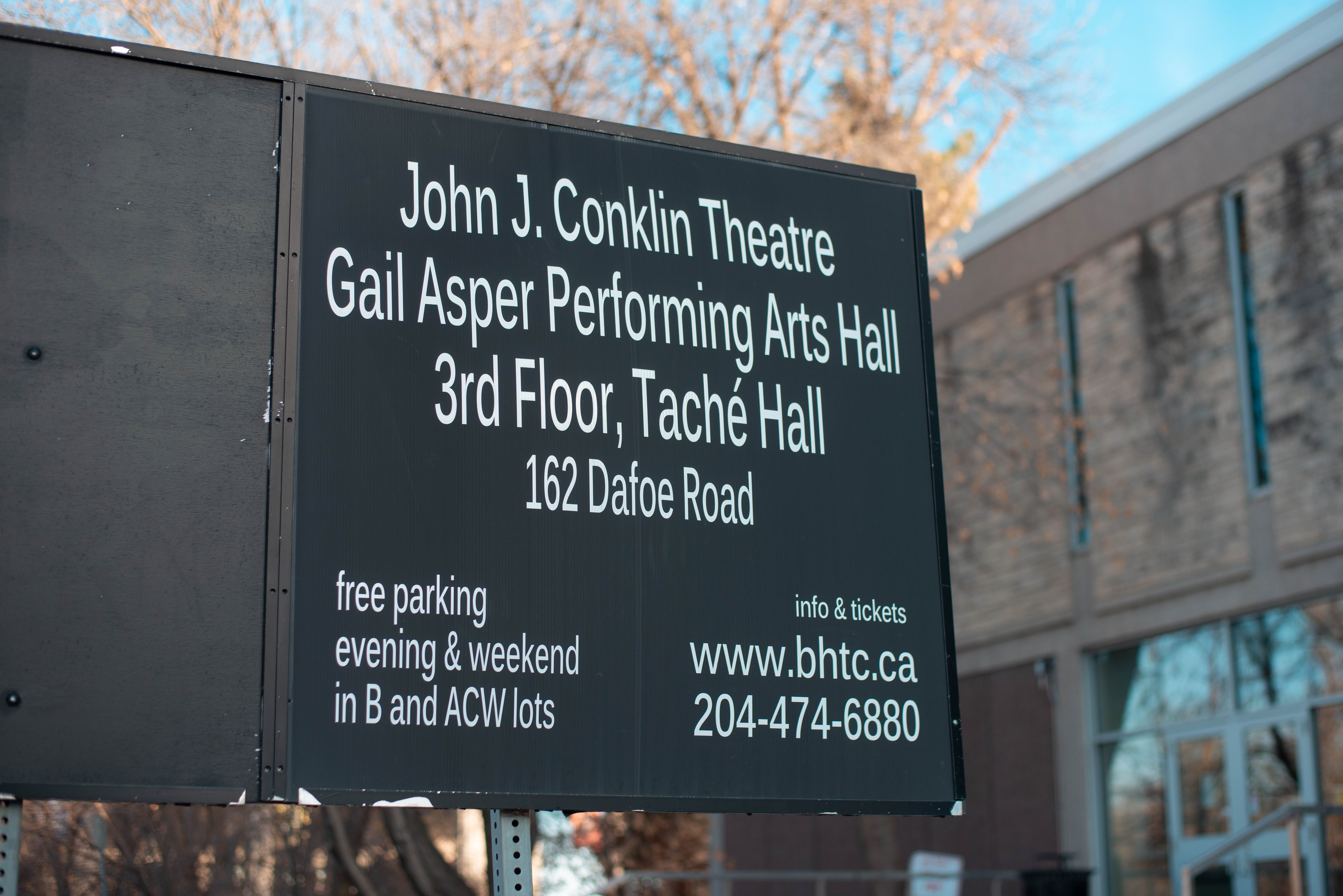The team of European scientists who reported evidence of neutrinos moving faster than light in September have tentatively confirmed the result in another experiment. The tests began after members of the team expressed trepidation about submitting such ground-breaking results for peer-review without extra confirmation.
The OPERA (Oscillation Project with Emulsion-Tracking Apparatus) collaboration, a team of approximately 200 scientists, uses a particle detector based in Italy’s underground Gran Sasso laboratory to track neutrinos fired from the CERN lab near Geneva, Switzerland. Recently, the results of three years’ worth of measurements caused a stir when they indicated the neutrinos covered 730 kilometres in 2.43 milliseconds, slightly faster than the speed of light.
The results were posted to an online preprint server in September before being submitted to a journal. “We could not sweep it under the carpet because that would be dishonest,” said Antonio Ereditato, a scientist from the University of Bern and a spokesman for the project. However, after a torrent of feedback rushed in, the team decided to carry out further testing before submission.
Physicists from all over the world proposed explanations for the result, most of which involved procedural errors in the experiment. A paper by Andrew Cohen and Nobel laureate Sheldon Glashow, posted online shortly after the original OPERA results, claims that neutrinos travelling faster than light should have lost most of their energy by the time they arrived at Gran Sasso, an effect the OPERA team did not observe. Many also considered the GPS satellites used to time the experiment as a potential source of error.
Adding to the ambguity of their intial set of results is the fact that the original OPERA experiment was not optimized to measure the speed of the neutrinos; the team was trying to study neutrino oscillations — the process by which muon neutrinos turn into tau neutrinos. The faster-than-light results came by accident, and the team was forced to calculate the neutrinos’ time of flight by analyzing the time distribution of protons at the CERN laboratory and comparing it with the results from the OPERA detector. Critics have argued that this is not an accurate method.
In order to address concerns, the researchers devised a new experiment that uses shorter beams — three nanoseconds long — with a gap of at least 500 nanoseconds between them. Each neutrino recorded by OPERA could be tied to a specific beam from CERN, which eliminated the statistical analysis and ruled out a possible source of error in the experiment.
But the controversy is not over. OPERA’s paper has been submitted to the Journal of High Energy Physics, but not all members of the team agreed with this decision. Fifteen members of the team did not sign the original preprint article detailing the findings of the original experiment. Four of those original 15 have signed the new submission, but four new members have now refused to attach their names to the paper.
Unnamed sources speaking to Science mentioned poor experimental procedure and complained that only a “small fraction” of the experiment’s analysis — conducted by a team leader, Dario Autiero — has been independently checked for errors by other members of the team.
Other teams are planning to attempt to replicate the OPERA anomaly. The T2K project, which runs 295 kilometres from Tokai to Kamioka in Japan, will assess their ability to cross-check the experiment. Fermilab’s MINOS collaboration in the United States recorded neutrinos exceeding the speed of light by a statistically non-significant amount in 2007. It has begun upgrading its equipment to repeat the same phenomenon with more accuracy. Results are not expected until at least 2012.
illustration by silvana moran





The neutrino speed equals the real speed of light in empty space. The measurements we have now is the speed of light in space full of particles, slowing light just a little.
The real speed of light is the speed measured for neutrinos.
so what is the new speed of light,or is it going to change again when new discovery’s are made?
E=M?2
Hopefully light extinction can fully explain c invariance and relativity can be considered a mistake.